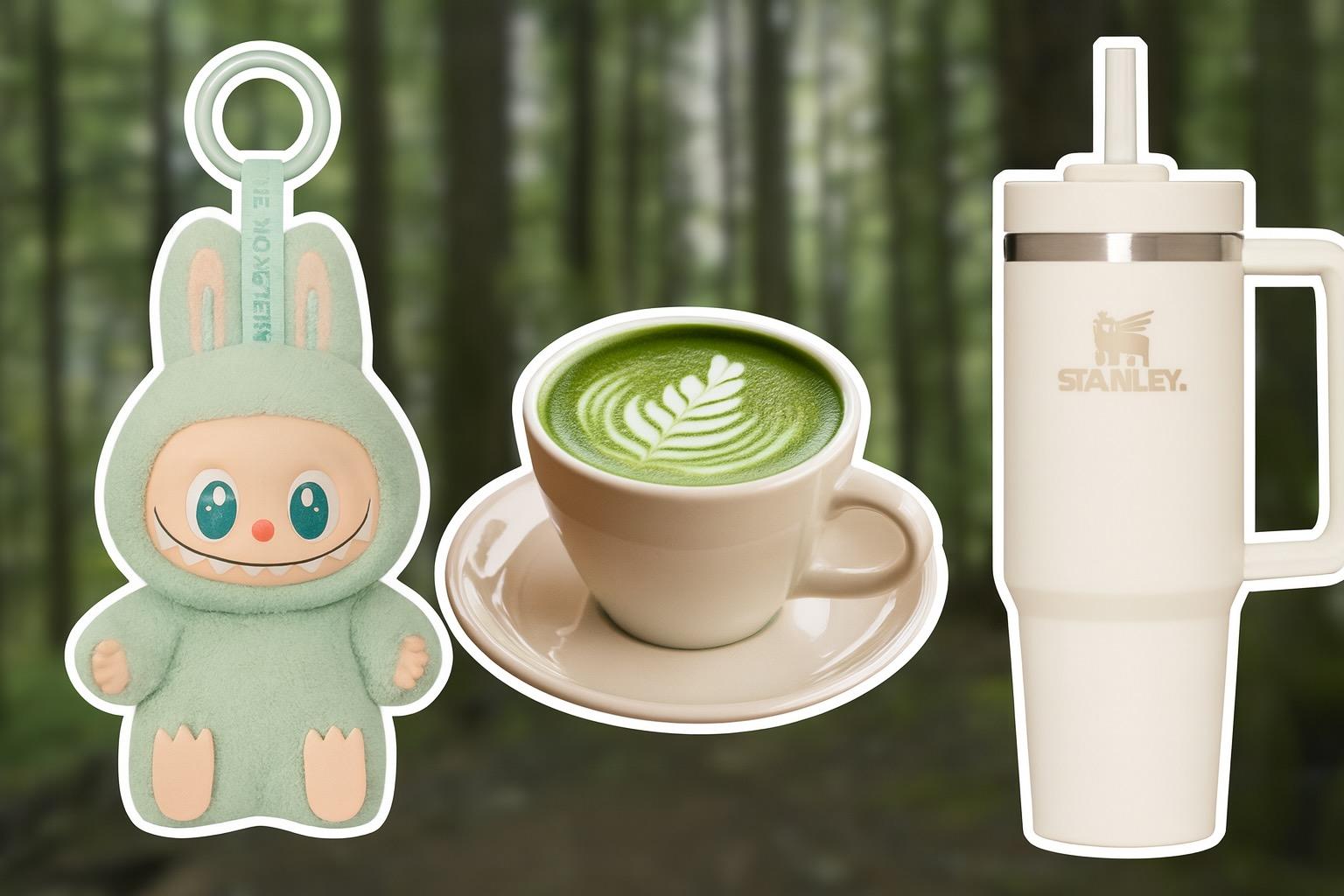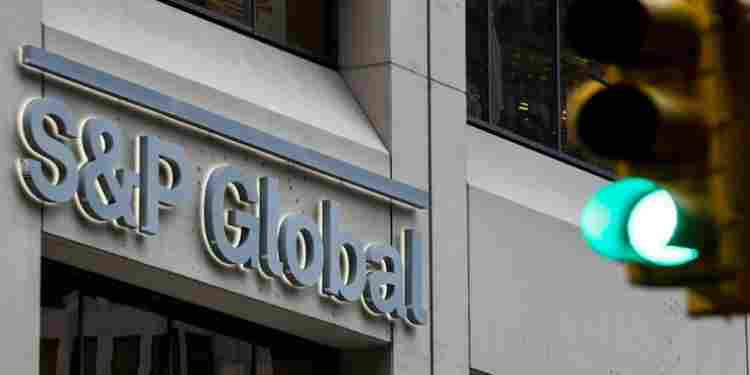
Beirut, Lebanon (Enmaeya News) — A growing consumer trend known as treatonomics is reshaping spending patterns across global markets. The term refers to increased purchases of relatively affordable, mood-boosting goods — from cosmetics and collectibles to designer accessories and specialty drinks — at a time when high inflation and economic uncertainty are reducing demand for larger, more expensive items.
A Recession Coping Mechanism Gets a 2025 Update
The concept aligns with the long-debated “lipstick effect,” but today’s treats go well beyond beauty. Deloitte’s consumer tracker shows shoppers cutting back in some areas while still splurging on affordable indulgences; beauty and “little treats” remain resilient even amid inflation concerns. Yet industry data also warn against clichés: Business of Fashion reported softening beauty results in 2025, underscoring that the “lipstick index” isn’t a law of nature. The signal is there—but it’s uneven.
Lebanon’s Micro-luxury Moment
In Saifi Village— Beirut’s upscale, walkable pocket of boutiques and cafés — the treat economy is visible on weekend strolls: coffees, pastries, and small designer buys at lower price points. The pattern also extends beyond food and drink. Collectibles such as Pop Mart’s Labubu figurines, sold in Beirut for $100–$150, and Cry Babies toys at $60–$80, have gained traction. Accessories like Rhode’s viral lip case and premium activewear also remain popular, despite relatively high price tags.
Regional and Global Parallels
International research shows similar spending shifts in other markets. Blind-box toys, cosmetics, and affordable luxury accessories have maintained demand during periods of reduced consumer confidence. Retail analysts note that small items continue to perform strongly compared to larger goods.
The trend aligns with broader socio-economic conditions:
High inflation limits household budgets for major purchases.
Behavioral economics suggests consumers adjust by seeking smaller goods that deliver symbolic value or temporary relief.
Behavioral Drivers
Analysts link the trend to two factors:
Accessibility: these goods are priced below traditional luxury items, making them attainable even as overall purchasing power declines.
Emotional appeal: the products are associated with identity, social trends, and short-term morale boosts.
Outlook
The long-term durability of treatonomics is still under study, but early evidence indicates brands in the “attainable luxury” segment are benefiting. In Lebanon, retailers continue to introduce small, status-linked products that resonate with cost-conscious but trend-driven consumers.






